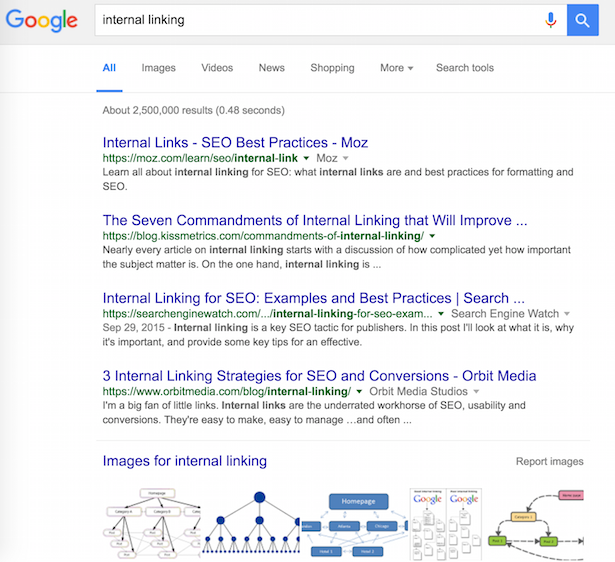With over 13 years of hands-on experience in the ever-evolving world of SEO, I’ve seen Google roll out countless algorithm updates, witnessed the rise and fall of keyword stuffing, and helped dozens of businesses grow their organic visibility and revenue—ethically and sustainably.
If you're a business, startup, or agency looking for a reliable, knowledgeable SEO freelancer, you’ve come to the right place.
🧭 My SEO Journey: From Basics to Advanced Strategy
I started my career when SEO was all about meta tags and backlinks. Over time, I’ve adapted, upskilled, and stayed on top of search engine changes to ensure my clients always stay ahead.
Over the years, I’ve worked on:
-
International & Local SEO campaigns
-
E-commerce SEO for platforms like Shopify, WooCommerce, Magento
-
SaaS & B2B organic lead generation
-
SEO audits and technical fixes
-
Content strategy & topical authority building
-
On-page & off-page SEO
-
Website migrations with minimal traffic loss
-
Core Web Vitals optimisation
-
Schema markup & structured data implementation
-
Penalty recovery (Manual & Algorithmic)
🔧 My Core SEO Services Include:
✅ Technical SEO Audit & Fixes
I provide in-depth audits that cover crawling, indexing, site architecture, mobile optimisation, speed, and core web vitals—followed by actionable fixes.
✅ On-Page Optimisation
From meta tags to internal linking and structured content optimisation, I ensure your pages are user-friendly and search-engine-ready.
✅ Off-Page SEO & Link Building
I focus on quality backlinks from niche-relevant, high-authority sources—no spammy tactics, only sustainable growth.
✅ Content Planning & Strategy
I work closely with writers or develop content calendars that align with keyword intent, topical relevance, and Google's E-E-A-T guidelines.
✅ Local SEO & GMB Optimisation
I help local businesses dominate local search results through optimised listings, citations, and geo-specific content strategies.
✅ SEO for Website Redesigns & Migrations
I ensure smooth transitions with minimal ranking impact when your website undergoes structural or UI/UX changes.
✅ Monthly Reporting & Data-Driven Insights
My reports aren’t just about rankings—they include conversions, traffic breakdowns, user engagement insights, and future recommendations.
🧠 What Makes Me Different?
-
13+ years of full-spectrum SEO experience
-
Up-to-date with the latest algorithm changes & Google best practices
-
White-hat, data-driven strategies with proven ROI
-
Transparent communication & collaborative approach
-
Reliable project management with clear timelines & deliverables
-
Familiar with tools like SEMrush, Ahrefs, Screaming Frog, Google Search Console, Analytics 4, Tag Manager, Surfer, and more.
🛠️ Industries I've Worked With:
-
E-commerce
-
SaaS & B2B
-
Real Estate
-
Healthcare
-
Legal & Financial Services
-
Education & EdTech
-
Travel & Hospitality
-
Startups & Personal Brands
📈 A Few Results I’ve Delivered:
-
Increased organic traffic by 250% in 6 months for a D2C e-commerce brand
-
Helped a SaaS company rank #1 for 10+ high-intent keywords
-
Boosted local rankings for a real estate firm from page 4 to page 1
-
Successfully migrated a 10,000+ page site without traffic loss
🤝 Looking for SEO Projects
I’m currently taking on freelance and contract-based SEO projects. Whether you’re an agency needing white-label support, a founder building traffic, or a business revamping your SEO, I’d love to chat.
📬 Let’s Connect
-
Email: [rubenceingale@gmail.com]
-
LinkedIn: [https://in.linkedin.com/in/rubence-ingale-20a20b69]
Let’s build a search strategy that actually works. No fluff, just measurable results.



 ... and mobile e-commerce is nearly 30 percent of all e-commerce in the US.
... and mobile e-commerce is nearly 30 percent of all e-commerce in the US.




















